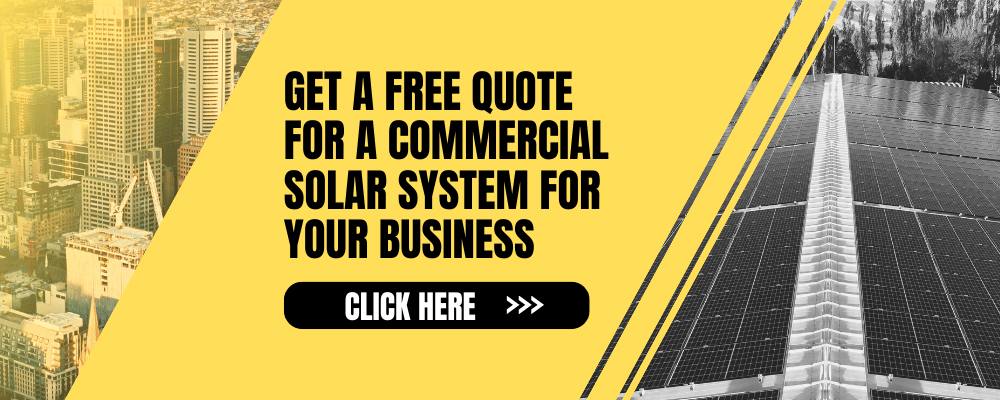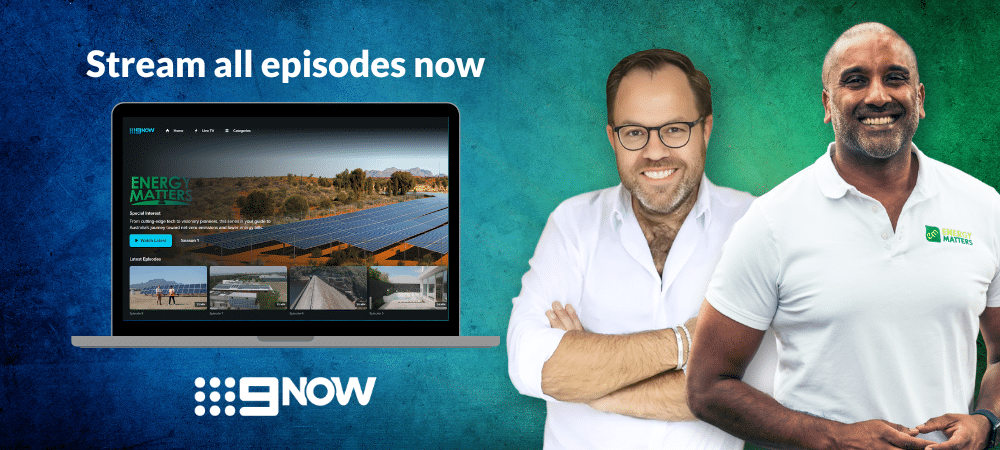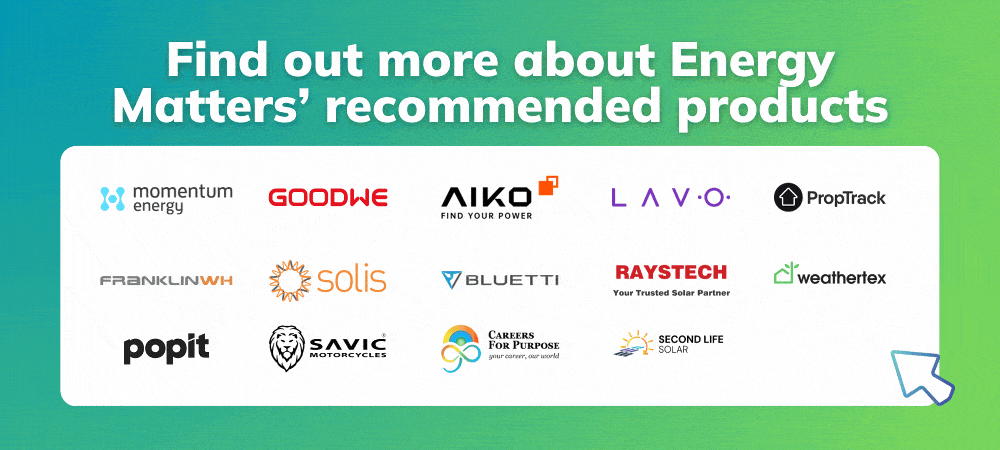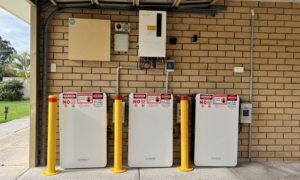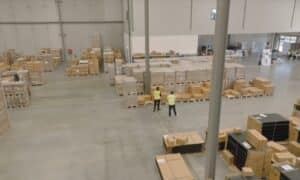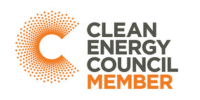Australia leads in rooftop solar uptake, and large-scale solar farms continue to grow. But as the grid becomes saturated with variable renewables, the old playbook of simply installing more panels is reaching its limits. Margins are tightening, grid constraints are increasing, and investors are demanding higher certainty on returns.
Enter artificial intelligence and machine learning. These technologies aren’t just about tweaking performance or automating maintenance alerts. They’re changing what solar energy means, turning it from a passive generator into an intelligent, value-creating asset that interacts dynamically with the energy market, grid operators, and consumers.
For businesses, developers, and policymakers, understanding AI’s role is vital. It’s the difference between building projects that thrive in tomorrow’s energy system and being left behind with stranded or underperforming assets.
From energy generation to energy intelligence
Over 3.6 million homes now have rooftop systems, and large-scale solar farms generate nearly 20% of the country’s renewable electricity. But as capacity grows, cracks are emerging in the growth-first model.
In South Australia, negative daytime electricity prices have become common, driven by solar oversupply pushing wholesale rates below zero. Grid congestion in Queensland and New South Wales has forced some solar farms to curtail output, cutting revenues by up to 10% annually. Meanwhile, rooftop owners face shrinking feed-in tariffs (FiTs), threatening payback timelines that once seemed assured.
These realities point to a structural shift. Simply adding more panels no longer guarantees better returns. The industry needs a new lever: intelligence.
Artificial intelligence and machine learning transform solar from passive generation into responsive, value-optimised assets. Instead of running on fixed assumptions about sunlight and demand, AI systems integrate real-time data to make dynamic decisions that maximise output and economic return every hour.
In other sectors, AI has driven remarkable gains:
- Wind energy operators use machine learning to adjust blade pitch, increasing output by up to 5% while reducing maintenance costs.
- Oil and gas companies deploy AI for predictive equipment failure detection, reducing unplanned downtime by 20-50% and saving millions.
It’s clear that energy intelligence unlocks the flexibility needed to thrive in a grid dominated by variable renewables and volatile pricing. Without it, even the biggest installations risk becoming stranded or underperforming assets in an increasingly competitive market.
Where AI unlocks untapped value in solar
The potential of AI and machine learning extends far beyond optimising panel angles or predicting faults. For Australia, where grid constraints and market volatility are daily realities, AI unlocks value in ways traditional solar management simply can’t match.
- Revenue stacking across energy markets
AI allows solar systems with storage to participate in multiple revenue streams simultaneously. In South Australia and Victoria, advanced algorithms enable battery-integrated solar systems to sell energy into the wholesale market when prices spike, provide frequency control services to stabilise the grid, and store excess daytime generation for peak evening demand—all coordinated automatically.
2. Dynamic tariff and consumption optimisation
For households and businesses on time-of-use (TOU) tariffs, AI analyses real-time electricity prices alongside solar generation forecasts and site consumption patterns to optimise battery charge and discharge cycles. In NSW, where daytime FiTs can drop below 5c/kWh while evening usage rates exceed 30c/kWh, this optimisation can significantly reduce annual electricity costs. Early adopters using AI battery management report savings improvements of 15-25% annually compared to fixed charging schedules.
3. Forecasting performance degradation and asset value protection
AI doesn’t just boost short-term profits. It also safeguards long-term asset performance. Machine learning models trained on historical degradation patterns can identify subtle changes in panel output, inverter behaviour, or connection stability that signal early-stage faults. This predictive approach enables proactive maintenance before issues escalate, extending equipment lifespans and protecting the net present value of solar investments.
AI for grid-forming capabilities
There is a challenge that continues to loom in the nation: maintaining grid stability in an energy system dominated by inverter-based resources like solar and wind. Traditional fossil fuel generators provide essential services, but as they retire, the grid risks becoming less stable and more prone to blackouts.
Unlike standard solar inverters that rely on grid signals to synchronise output, grid-forming inverters can create their own stable voltage and frequency references, effectively acting like a traditional generator. When enhanced with AI and machine learning, these inverters can dynamically adjust their output to respond to rapid grid changes, support voltage and frequency stability, and ride through faults without disconnecting.
In several tries by AEMO and CSIRO, AI-enhanced grid-forming inverters demonstrated the potential to stabilise weak grid areas, support system restart capabilities after outages, and reduce the need for expensive synchronous condensers. This technology is critical as states like SA approach periods of 100% instantaneous renewable generation, where traditional synchronous generation is offline.
For solar farm developers, this represents more than a technical upgrade. Grid-forming capabilities powered by AI can unlock new revenue streams for providing ancillary services and system strength support. It also future-proofs projects against stricter grid connection requirements that are emerging across the country.
Policymakers are beginning to take note. The Australian Renewable Energy Agency (ARENA) has funded several grid-forming inverter demonstration projects, recognising their role in achieving a secure, fully renewable-powered grid. However, integration in its early stages, with standardisation, regulatory frameworks, and commercial deployment models still developing.
AI in solar financing and risk management
AI is changing how solar systems are financed, insured, and valued in the market. For solar developers and investors, these financial applications are becoming critical enablers of project viability.
AI-driven credit assessment for commercial solar projects
Traditionally, lenders assess commercial and industrial (C&I) solar projects based on historical energy bills and broad credit scores. However, AI models trained on granular consumption data, sector-specific risk profiles, and real-time market pricing provide a far clearer picture of repayment capacity. In the US, banks using AI-enhanced assessments for C&I solar financing have reduced default rates by 20-30%, and similar models are now being piloted by Australian renewable finance platforms to unlock lending for mid-sized businesses previously seen as marginal.
Predicting revenue streams for project finance
For utility-scale solar farms, securing finance often hinges on long-term revenue certainty. AI-powered forecasting tools analyse weather data, historical generation, market price volatility, and grid constraints to generate highly accurate revenue predictions. This reduces the risk premium demanded by investors, lowering the cost of capital. In Queensland, solar developers using AI-based revenue modelling reported financing cost reductions of up to 0.5 percentage points, translating to significant lifetime savings on multi-megawatt projects.
Insurers using AI for solar risk pricing
Insurance is a growing cost driver for solar farms, particularly in bushfire-prone or cyclone-prone regions. AI enables insurers to process satellite imagery, local weather patterns, and asset design data to create more precise risk models. This not only allows insurers to offer competitive premiums but also helps operators identify and mitigate high-risk factors proactively. Globally, renewable insurers leveraging AI for asset risk assessment have reported claim reduction rates of 10-15%, with these tools gradually entering the Australian market.
Solving remote energy poverty with AI
Australia’s energy transition isn’t just about grid-connected cities and suburbs. For remote communities, particularly Indigenous settlements and mining operations across the Northern Territory, Western Australia, and regional Queensland, reliable energy access remains a persistent challenge. Diesel generators remain the backbone in many areas, with high fuel costs and frequent outages limiting economic development and quality of life.
AI and machine learning are starting to change this reality.
AI-managed microgrids combine solar generation with battery storage and, where needed, backup diesel generation, all coordinated by intelligent controllers. These systems use machine learning algorithms to forecast local weather conditions, predict consumption patterns, and optimise generation and storage dispatch to minimise diesel use while maintaining reliability.
In Western Australia, Horizon Power’s Onslow microgrid project uses AI to integrate rooftop solar, centralised solar farms, batteries, and gas generation. Early results showed a 50% reduction in diesel fuel consumption, significant cost savings, and improved system reliability for residents and businesses.
For Indigenous communities, AI-powered microgrids offer more than just cheaper electricity. They enable local energy autonomy, create maintenance and monitoring jobs, and support the deployment of additional services reliant on reliable power, such as water treatment, health clinics, and digital connectivity. Initiatives like the Bushlight program, now exploring AI enhancements, aim to build community ownership and technical capacity alongside improved energy outcomes.
In mining, AI-managed off-grid solar-battery systems reduce operational emissions while cutting fuel logistics costs, which can account for up to 20% of total site expenditure in remote areas. Machine learning models adjust energy dispatch dynamically based on shifting production loads and weather patterns, ensuring process stability without human intervention.
Despite these benefits, barriers remain. Upfront costs, limited AI integration expertise in regional areas, and data connectivity constraints can slow deployment. However, with falling sensor and AI deployment costs and strong interest from government-backed remote energy programs, the trajectory is clear.
Implementation barriers no one talks about
While the promise of AI in solar energy management is compelling, the path to adoption isn’t smooth. Beneath the headlines of optimisation and predictive analytics lie practical barriers that Australian operators, developers, and policymakers must address.
1. Data interoperability and system integration
Australia’s solar landscape is fragmented across dozens of inverter, battery, and monitoring brands, many using proprietary communication protocols. AI platforms rely on seamless data integration to function effectively, but incompatible systems often block this. For example, an installer may deploy an AI-ready battery management system only to discover it can’t communicate with the existing inverter firmware, limiting optimisation potential until costly upgrades are made.
2. Skills shortages in AI integration
Deploying AI solutions isn’t as simple as installing software. It requires teams who understand both energy systems and data science. Australia’s renewable sector faces a well-documented skills shortage, particularly in regional areas. The Clean Energy Council notes that advanced digital and AI capabilities remain limited across solar installers, engineers, and operational managers, slowing widespread adoption.
3. Cybersecurity and sovereign data concerns
AI-managed solar systems depend on real-time data flows, often to cloud-based platforms hosted outside Australia. This raises data sovereignty issues, particularly for critical infrastructure like utility-scale solar farms or community microgrids. Cybersecurity risks are also real. As solar assets become digitally interconnected, they create potential entry points for malicious actors. Without strong cyber-physical security frameworks, the benefits of AI could be undermined by increased vulnerability.
4. Cost barriers for smaller operators
While major energy companies and large solar farms can absorb the upfront investment in AI platforms, smaller commercial operators and households may struggle to justify the cost. The benefits are real, but deployment economics remain skewed towards larger assets until prices fall further or financing models evolve to include AI upgrades as part of standard solar packages.
What solar leaders should do next
Artificial intelligence is no longer an emerging experiment – it’s a proven enabler of solar efficiency, revenue growth, and grid resilience. For Australian solar businesses, developers, and policymakers, the question is no longer if but how to integrate AI effectively.
1. Assess your AI readiness
Start with a clear-eyed audit. Do your current systems (inverters, batteries, monitoring platforms) generate and share the granular data AI models require? Are your teams equipped to interpret AI insights and adjust operational or business strategies accordingly? Identifying these gaps now will avoid costly missteps later.
2. Prioritise pilot projects with clear ROI
Rather than a full-system overhaul, begin with targeted pilots that demonstrate tangible value. Predictive maintenance AI, for instance, offers quick wins by reducing unplanned downtime and maintenance costs. Dynamic battery optimisation for time-of-use tariffs can deliver immediate savings for commercial sites. These early successes build internal buy-in and technical capability for broader deployment.
3. Build AI skills into your workforce strategy
Whether through in-house upskilling, strategic hires, or partnerships with AI solution providers, developing digital and data capabilities is essential. The Clean Energy Council highlights digital literacy as a critical skill shortage area – addressing this now positions your team to lead rather than lag in AI adoption.
4. Engage with policymakers on standardisation and data frameworks
Australia’s fragmented data landscape is slowing AI integration. Solar industry leaders should advocate for interoperable standards, data sovereignty protections, and regulatory frameworks that enable AI to support grid stability without compromising security or equity.
5. Integrate cybersecurity into AI deployment plans
As assets become digitally connected, robust cyber-physical security is non-negotiable. Incorporating cybersecurity assessments into AI project planning protects against operational and reputational risks.
AI and machine learning are not simply tools to fine-tune solar performance. They are catalysts reshaping how solar generates, stores, trades, and supports the grid. In a market where margins are tightening, grid constraints are rising, and policy shifts are accelerating, energy intelligence is emerging as the ultimate competitive edge.
For Australian solar leaders, the path forward is clear: embrace AI not as a luxury but as a strategic imperative. Those who invest in intelligent, flexible, and resilient solar assets today will define the success stories of Australia’s clean energy future.






